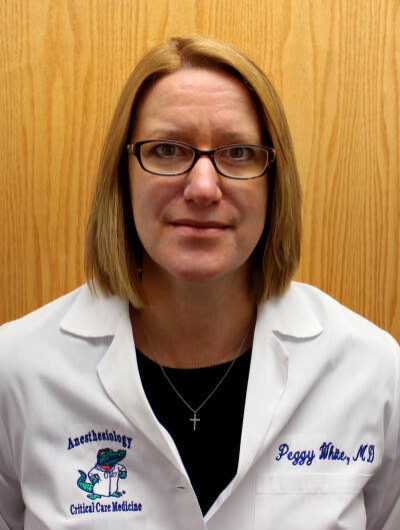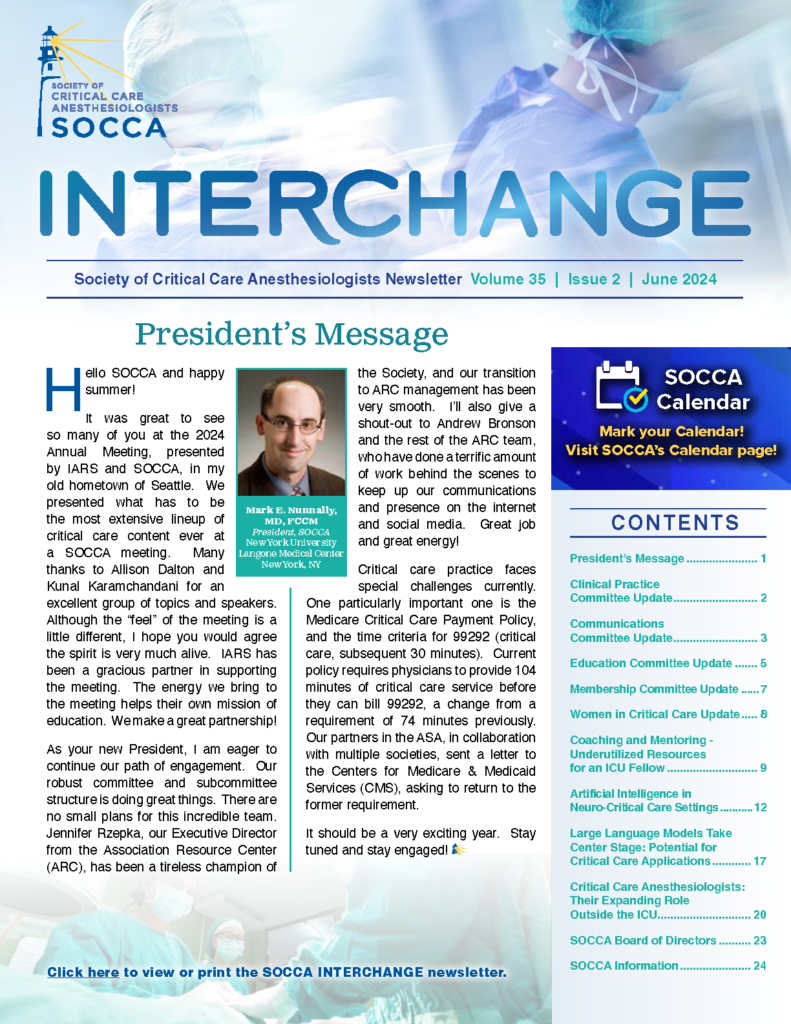Two Perspectives on Simulation in Critical Care Training Perspective One: An Invaluable Tool
The restriction of trainee work hours in 2006 transformed post-graduate medical education. While intended to promote work-life balance and wellness, the undesired consequence was limitation of experiential clinical learning opportunities. Simulation Based Medical Education (SBME) has helped fill this gap by providing an opportunity for deliberate practice with immediate feedback, enhancing acquisition of medical knowledge and skills.1,2 Through the years, SBME has been increasingly and broadly used in medical schools and residency training programs.3,4 SBME allows practice with little risk, can be high or low fidelity, and is considered an immersive enactment of a medical scenario or skill through the use of patient actors (i.e., standardized patients), interactive mannequins, or task trainers.5
In the mid to late 1980’s, high-fidelity SBME was pioneered at Stanford and the University of Florida (UF), with the development of technologically advanced interactive mannequins. Stanford focused on crisis resource management and team dynamics, while UF focused on teaching residents machine errors and anesthesia techniques.6 Currently, the UF critical care medicine (CCM) fellowship is heavily based in simulation, utilizing it for both education and skills acquisition. Borrowing from pediatric critical care, our inaugural three-day multidisciplinary CCM boot camp proved to be a valued experience and facilitated fellow transition to clinical duties. The program was designed for deliberate practice of commonly encountered critical situations and procedures. The simulator sessions allowed the participants to utilize their 5 senses to assess a situation and then devise and execute a treatment plan. Unexpected benefits included fellow and faculty team building as well as identification of fellow strengths and weaknesses.7 In addition, as part of the CCM annual didactics, fellows and residents complete 25 simulation sessions designed around the ABA CCM content outline. These sessions utilize high-fidelity interactive mannequins, difficult airway mannequins, and task trainers. Central venous access is amenable to a prototypical task trainer, which can be used in conjunction with interactive ultrasound and on-line learning, providing immediate feedback and promoting standardization of clinical practice. Studies have shown that use of task trainers decreases number of needle passes, increases learner knowledge and confidence.8,9
SBME can also be used for skill assessment. In the late 1990’s, the American College of Surgeons (ACS) began to gain experience in the utilization of simulation for knowledge, skill acquisition, and testing.3 It became evident that skills gained in simulation translated to improvement in surgical performance in the operating room (OR).10,11 As a result, the ACS now uses simulation for skills assessment in many areas. At our institution, new surgical residents are required to successfully complete essential surgical skills via simulation and task training prior to entering the OR.
Simulation may have other, indirect benefits. Its incorporation into our anesthesiology clerkship for fourth year medical students has been well received, ranked highly by the students, and increased the number of internal anesthesiology candidates entering our residency program.
The literature is clear that simulation is a powerful educational tool, it improves medical knowledge, team performance, and is well received by participants. However, how this affects patient outcome is difficult to ascertain. In addition, simulation is very expensive. It requires trained support staff, faculty time and maintenance of the interactive devices. However, given the resources, simulation based medical education is a powerful and engaging educational tool.
References
- Armenia S, et al. The Role of High-Fidelity Team-Based Simulation in Acute Care Settings: A Systematic Review. The Surgery Journal. 2018;4(3): 136-151.
- Issenberg B, et al. Simulation and New Learning Technologies. Medical Teacher. 2001; 23 (1):16-23.
- Gardner AK, et al. Simulation-based Surgical Education: Best Practices Across Surgical Specialties Relating to Simulation-Based Training. Surgery. 2015; Nov. 1395-1402.
- Byrne AJ, Greaves JD. Assessment Instruments used During Anesthetic Simulation: Review of Published Studies. BrJ Anaest. 2001; 86: 445-450.
- Gordon JA, et al. “Practicing” Medicine without Risk: Students’ and Educators’ Responses to High-fidelity Patient Simulation. Academic Medicine. 2001; 76 (5): 469-472.
- McGahie WC, et al. Revisiting ‘A Critical Review of Simulation-based Medical Education Research: 2003-2009’. Medical Education. 2016; 50: 986-991.
- Nishisaki A, et al. A multi-institutional high-fidelity simulation “boot camp” orientation and training program for first year pediatric critical care fellows. Pediatr Crit Care Med. 2009; 10(2):157-162.
- Robinson AR, et al. A mixed-Reality Part-Task Trainer for Subclavian Venous Access. Simulation in Healthcare. 2014; 9 (1): 56-64.
- Soffler MI, et al. Central Venous Catheterization Training: Current Perspectives on the Role of Simulation. Advances in Medical Education and Practice. 2018; 9: 395-403.
- Issenberg SB, et al. Simulation Technology for Health Care Professional Skills Training and Assessment. JAMA. 1999; 282:861-866.
- Melvin WS, et al. Laproscopic Skills enhancement. Am J Surg. 1996;172:377-379.




































